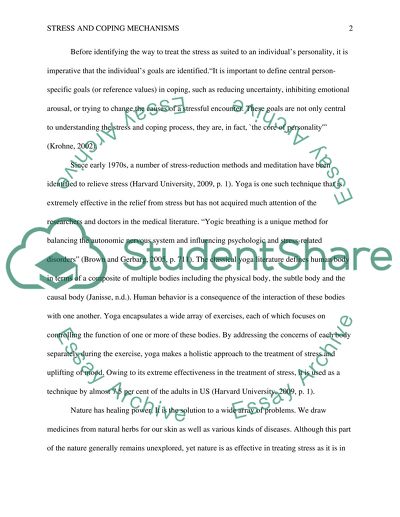Cite this document
(“Stress and Coping Mechanisms Research Paper Example | Topics and Well Written Essays - 1750 words”, n.d.)
Retrieved from https://studentshare.org/psychology/1434867-stress-and-coping-mechanisms
Retrieved from https://studentshare.org/psychology/1434867-stress-and-coping-mechanisms
(Stress and Coping Mechanisms Research Paper Example | Topics and Well Written Essays - 1750 Words)
https://studentshare.org/psychology/1434867-stress-and-coping-mechanisms.
https://studentshare.org/psychology/1434867-stress-and-coping-mechanisms.
“Stress and Coping Mechanisms Research Paper Example | Topics and Well Written Essays - 1750 Words”, n.d. https://studentshare.org/psychology/1434867-stress-and-coping-mechanisms.


